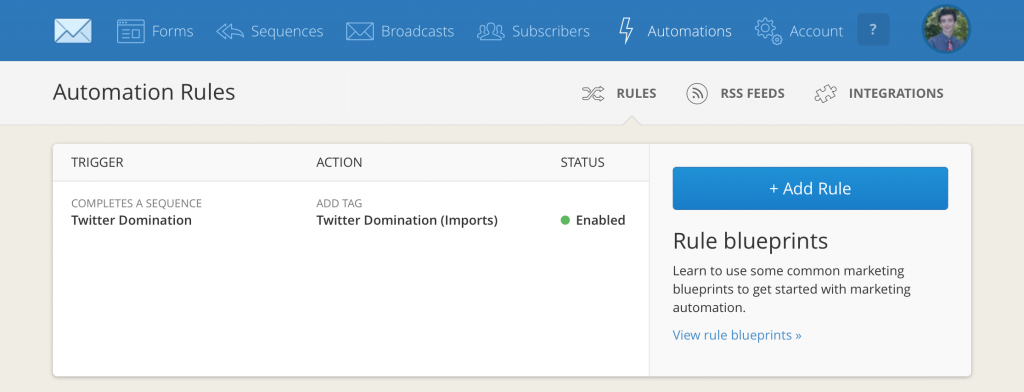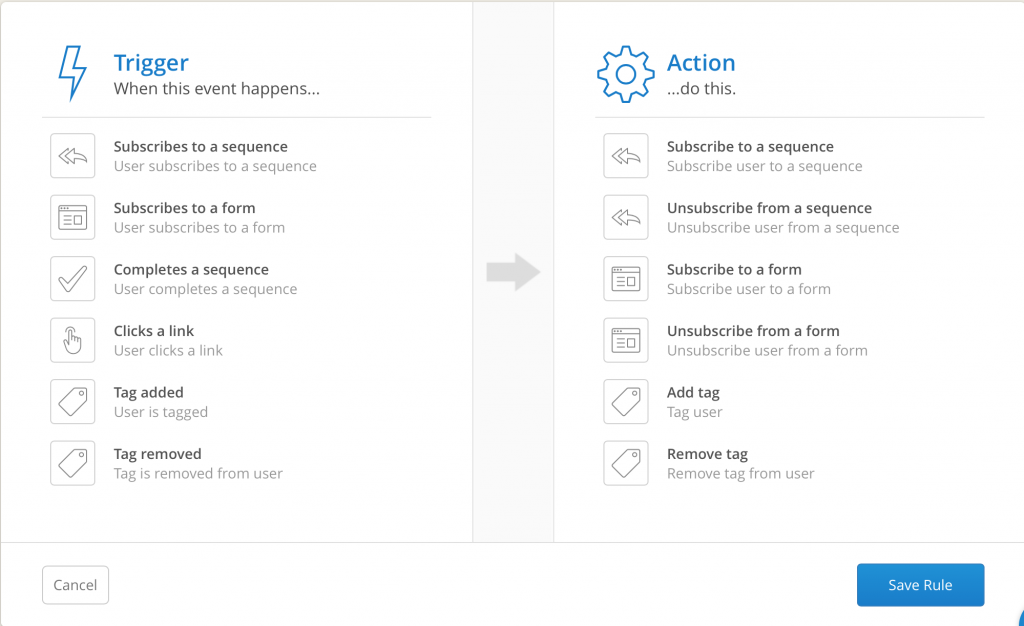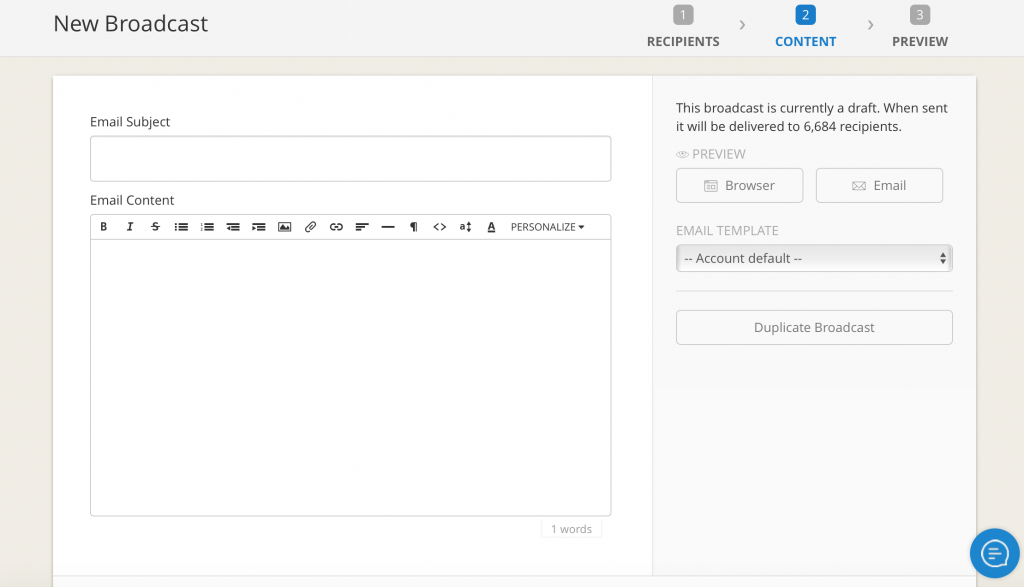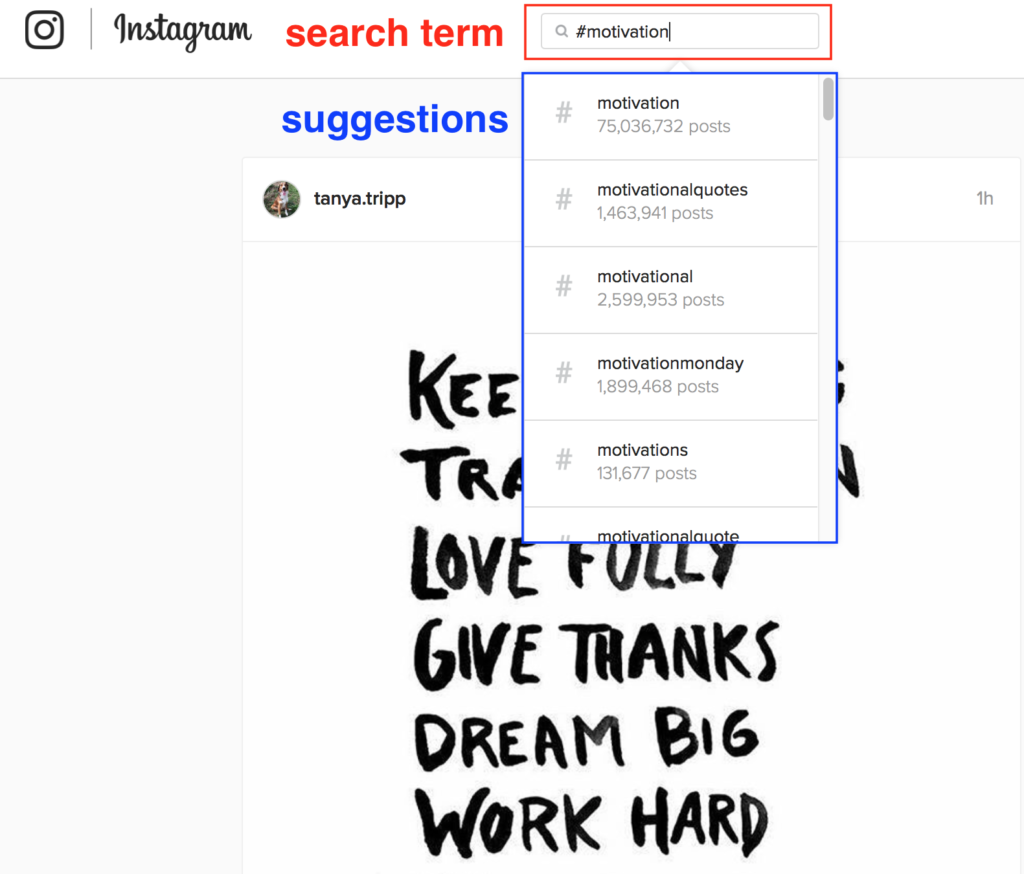On today’s episode, Marc is joined by former studio executive, and writing instructor at NBC: Jen Grisanti. Having spent years working in the entertainment industry under some of the best names in the business, Jen transitioned to running her own consultancy to pass her knowledge on to others. Jen chats to Marc about how it all happened.
Listen in to hear Jen discuss why it wasn’t as straight forward as just being able to deliver knowledge to a new audience, and the fear that came along with the new territory. Learning valuable lessons every step of the way, including having to reinvent her methods of delivery, Jen talks us through her journey to successful public speaking and instruction.
Jen quickly saw the void that her skills could fill, and worked hard to provide her unique services to those who could benefit from them the most. We are fortunate to hear valuable advice and tips, from everything including why mental preparation is key, to tips for getting more speaking gigs and even how to find your breakthrough.
Join us in Marc’s latest episode.
Important links from the show:
www.jengrisanti.com – Jen’s Personal Site
https://www.amazon.co.uk/Jerry-Weissman/e/B001H6N238/ref=sr_ntt_srch_lnk_1?qid=1476706517&sr=8-1 – Jerry Weissman Books
https://www.amazon.co.uk/Brian-Solis/e/B001KD2V1C/ref=sr_ntt_srch_lnk_3?qid=1476706587&sr=8-3 – Brian Solis Books
https://www.amazon.co.uk/Garr-Reynolds/e/B001I9TU1W/ref=sr_ntt_srch_lnk_1?qid=1476706607&sr=8-1 – Garr Reynolds – Presentation Zen Books
Learn:
– 3 tips for getting more speaking gigs
– Advice for breaking through
– Jen’s favorite inspirational quote
– Why preparation is so important






